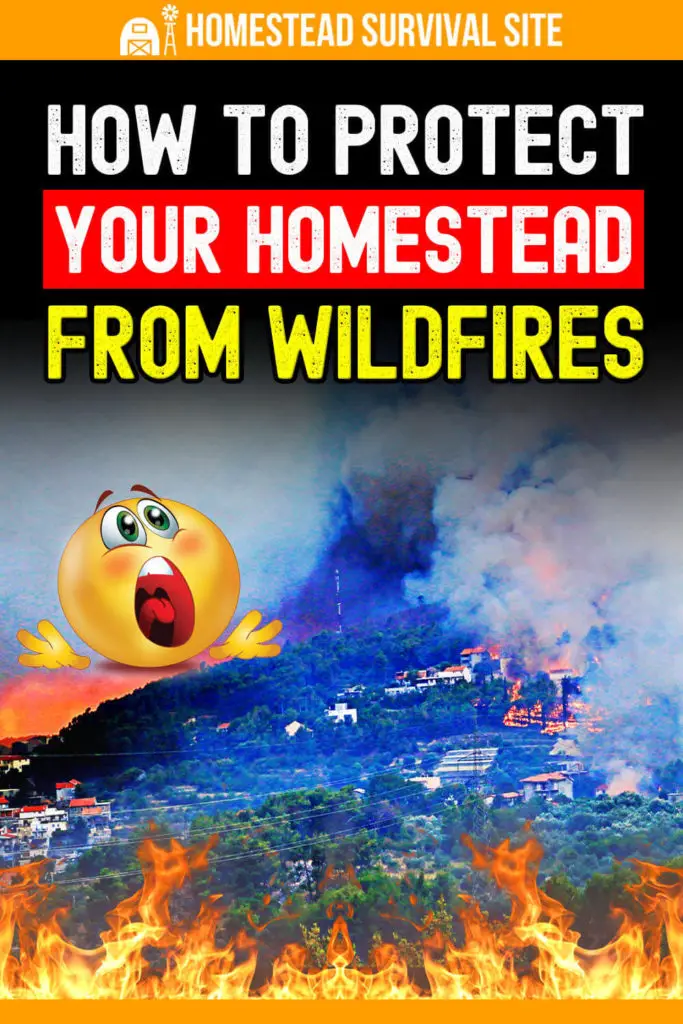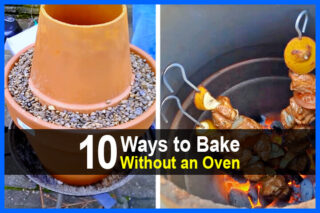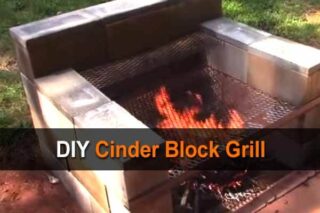Estimated reading time: 6 minutes
For far too many Americans, smoke-filled skies and scorched landscapes have become a harsh new reality. As higher temperatures combine with record-breaking drought conditions, wildfires are increasing in frequency and intensity.
Just take a look at the numbers. In 1983, when the National Interagency Fire Center (NIFC) began official recordkeeping, it recorded 18,229 wildfires and 1.3 million acres lost to wildfire.
In 2021, the data showed 58,985 wildfires and 7.1 million acres. And as residents of the western U.S. know all too well, those fires do not only burn landscape. They can devastate homes and businesses, taking away lives and livelihoods.
According to the NIFC, more than 2,500 homes are destroyed each year in the U.S. due to wildfires. And data from Verisk Analytics, a company that assesses insurance risk, more than 4.5 million American homes are at either high or extreme risk from wildfires.
Humans cause 85 to 90 percent of wildfires in the U.S., with unattended campfires, debris burning, equipment use or misuse, discarded cigarettes, downed powerlines, and arson topping the list of sources of the blazes. According to the U.S. Forest Service, lightning ignites the remaining 10 to 15 percent of wildfires.
Wildfires need fuel to burn and spread. And when they find enough fuel – often in the form of bone-dry vegetation — they can spread very rapidly. However, there are some strategies you can take to minimize the fuel your home and property provide for a wildfire and thereby reduce the chances for real harm.
Here are five measures you can take to help protect your homestead from wildfires.
Want to save this post for later? Click Here to Pin It On Pinterest!
1. Clear Your Roof
Burning embers can travel more than a mile through the air. If they land on the wood shingles of a roof, the chance of them igniting a blaze is high.
If you have a wood roof, you should consider replacing it with fire-resistant materials like metal, slate, asphalt, clay, or concrete. Other less-effective options are to treat your wooden roof with fire retardant or install a rooftop sprinkler system.
Also, regularly remove leaves, pine needles, and other debris from your roof and gutters. And repair or replace any loose, broken, or missing shingles or tiles to prevent embers from igniting your roof.
2. Seal or Screen Vents and Eaves
Embers can also find their way inside your home through other openings, such as window and door cracks, open eaves, and vents.
Check for cracks in your chimney, doorways, and windows and replace any damaged window glass or screens. Consider installing multi-pane windows, tempered safety glass, and fireproof shutters.
3. Create a Defensible Space
Did you know that radiant heat can ignite your home from as much as 100 feet away? That's why firefighters consider defensible space as your home and everything around it within a 100-foot radius.
There are three zones to consider when creating a defensible space around your home. A zone is measured as the distance from a structure. Here are preventative steps for each zone.
Zone 1 (0 to 5 feet):
- Plant shrubs and plants that are low to the ground and at least three feet away from the structure.
- No branches from trees outside the zone should reach within 10 feet of the roof.
- Use only non-flammable mulch products.
- Pathways should be made of concrete, stone, or brick.
- Decks and patios should be made of non-flammable material.
- All plants need to be watered regularly.
- Dead plant material should be removed regularly
- No flammable materials should be stored on or under the porch or deck.
Zone 2 (5 to 30 feet):
- Plant and maintain trees and shrubs in well-spaced clusters, allowing a minimum of 10 feet between crowns.
- Remove dead plants and tree branches.
- Prune trees so that they are no higher than their distance from the structure.
- Plant trees at least 10 feet apart.
- Cut off branches on trees taller than 18 feet that are less than six feet above the ground.
- Use a timed irrigation system or maintain a regular watering schedule.
Zone 3 (beyond Zone 2 as far as possible):
- Thin trees and remove all dead or dying vegetation.
Other tips for maintaining a defensible space:
- Rake and clear away leaves and other yard debris regularly.
- Store flammable products (paint thinner, kerosene, and gasoline) in metal containers outside of Zone 1.
- Store hay and firewood away from Zone 1.
- Have garden hoses handy that can reach throughout Zones 1 and 2.
- Remove flammable items such as doormats, wooden chairs and tables, and seat cushions from Zone 1.
- Remove dead trees and shrubs.
- Keep your lawn and pasture cut short. Consider grass seed mixes that are more fire-resistant than traditional blends.
4. Make Sure Firefighters Can Find Your Home
Creating a defensible space is an important step, but in some cases, it's not enough. What if you need help?
Make sure your street address is clear and easy to read at the entrance to your property. That way, emergency personnel can find your home. Also, your driveway should have enough width and vertical clearance to allow fire trucks and other emergency response vehicles to reach your home during a fire.
5. Have An Escape Plan for You and Your Animals
Creating and maintaining a defensible space is critical, but your family's safety should be uppermost when a wildfire is threatening.
Follow the advice of local authorities for when it is time to be ready to go and when it is time to evacuate. You can sign up for timely phone calls, emails, and text alerts with your local emergency response teams. This website can lead you to evacuation information for your area and offers preparation checklists.
Also, have a plan in place for getting your animals to safety, time permitting. Many towns set up emergency evacuation centers for animals, but you need to have your trailer hooked and ready to use when necessary.
Use ear tags, brands, or other forms of identification in the event you have to free your livestock due to a fast-spreading fire.
For more information about wildfire preparedness, here are some helpful resources:
- Create a Clean Room to Protect Indoor Air Quality
- Protect Your Property from Wildfires
- Be Prepared for a Wildfire Info Sheet
- Are You Wildfire Ready?
Like this post? Don't Forget to Pin It On Pinterest!
You May Also Like:












